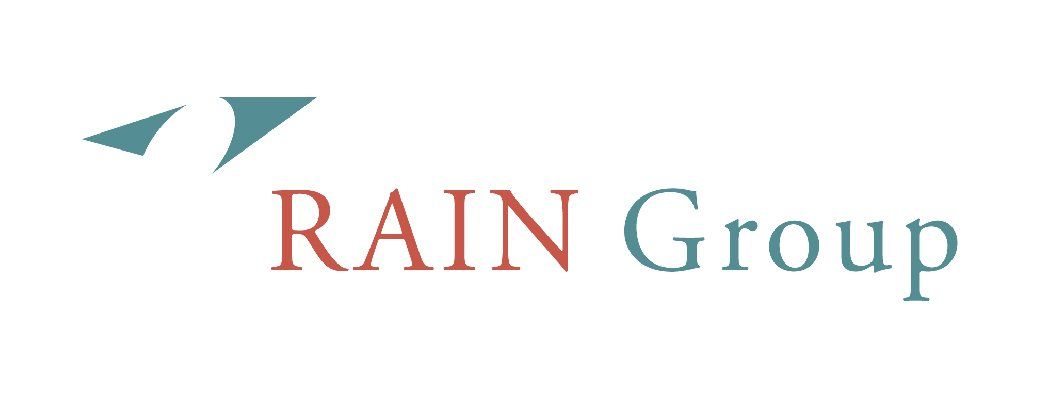Does your content development process have you . . .
Anxious or At Ease?
Very few people enjoy creating presentations.
There are ways to make it enjoyable.
"Rally Point knows webinars like no one else. Rally Point has facilitated a number of webinars for us and
their expertise, guidance, and vision have been invaluable.
"They understand all that goes into running a
flawless event from using the right technology, to engaging the audience, to getting people to attend.
"They’ve made our webinar series a tremendous success."
FUN AND EASE CREATING YOUR WEBINAR PRESENTATION
Many professionals feel anxious about creating webinar presentations. Others toil to create the world’s best or dash it together in a last-minute frenzy. Almost everyone wants to improve or be more at ease.
Regardless of your situation, the good news is: you can improve your online presentation—and even make the creative process fun—if you break it into doable steps, set accurate expectations, and know the elements that make them effective.
TIMELINE
Set a date for the live event and then work backward to create deadlines for yourself. A realistic timeline might be:
- 0-3 Days Out: Practice as much as you need to feel prepared and polished.
- 3-7 Days Out: Have at least one dry run of your presentation with one or more colleagues and make the necessary adjustments.
- 7-10 Days Out: Finalize your slide deck as well as your bulleted script.
- 10-17 Days Out: Have an outline complete and the material in place for creating a professional presentation.
- 17-21 Days Out: Brainstorm ideas, conduct research, and talk with colleagues about possible topics and then pick one.
Make these commitments to at least two other people. That will help hold you accountable for completing each step, on time.
When you create this timeline, keep in mind that everything will take longer when more than one or two people are involved. The concerns and contributions of marketers, designers, editors, and management can all lengthen the process.
SET YOUR MOOD
Before picking a topic or putting a word down, get yourself excited and feel confident and satisfied. Professionals are devoting one hour of their busy day to hear what you have to say. You know something about something they care about. They believe you can help. And they want you to succeed. They’re pulling for you.
Have You Really Done it: The fool’s mistake here is to spend only a few seconds on this step. “Yeah, I get it. People want to hear me.” Really keep the context of the presentation at heart when you create it. Your resulting openness, attentiveness, humor, and level of engagement will come across to the audience. It’s the difference between a flight attendant giving safety instructions and a coach showing you how to fly a plane.
GETTING TO WORK
Pick Your Topic: Look at what content previously drew the most interest for your target audience. Pick roughly that as your subject.
Within that, freely choose what areas you want to cover. It usually works best to pick an area that you’re passionate about, that is clear, and has a straightforward way for you to present it.
As a litmus test, give yourself 15-30 seconds to explain the presentation to someone who knows little about the topic. If they can explain it back to you to your satisfaction, you probably have a winner. If not, keep working at it. Fuzzy topics ultimately make for hard-to-understand webinars and ones that take too long to prepare and are a pain to deliver.
Make a Promise: At the end of the presentation, what will attendees leave with? What lessons will they have learned? What information will they now know? What case studies will they have seen? Get clear on what the final result of your webinar will be.
With college papers, it’s a thesis. For webinars, it’s your promise to the attendee that you will accomplish x, y, and z within the given hour.
Get It All Down:
A common misconception (or lazy practice) is using the first draft as the final presentation (less some tweaking).
Write down on honest-to-goodness paper everything you want to say. Somehow pen and paper lead to greater creativity than a keyboard. You can draw arrows, map out ideas, doodle, and jot material in the margins. Its freeform nature often leads to surprising ideas or connections.
Include what your thoughts are, what experiences you went through to get where you are, examples of work you’ve done, images that come to mind, and any stories you would share.
The goal here is to figure out what you think about the topic, now that you’re really thinking about it. As Joan Didion, the celebrated author, put it, “I don’t know what I think until I write it down.”
If you’re stuck on what to say, imagine a situation in which you’d naturally explain the material. If you were coaching a client one-one-one, what would you say? If you were taking over a project, what actions would you take? Putting yourself in a real-world situation can get the content flowing.
Organize What You Wrote:
Getting it all down is a messy experience. Now that it’s there, organize what you wrote into the major elements of your presentation. Sort the material by which element it belongs to.
Look back at “the promise” you made. Have you delivered on it? Is there any information that does not connect to it? Let those questions guide your editing process. If the material is extraneous, cut it. If the material doesn’t fully deliver on the promise, bulk it up.
In addition to “the promise” guiding your presentation, also think about how to structure the presentation in a way that is easiest for someone else to learn. Usually telling the audience your conclusions—going over what you know—isn’t the most helpful thing. You got to where you are one experience at a time. It can help to take attendees through (a simplified version of) that journey so they too can learn what you know. By showing them the mistakes you’ve made or other options you’ve considered, they can see how you got to where you are.
TAKE IT AWAY
These steps will give you the time and structure to create a presentation more easily and will provide you with the space to have more fun doing it. The goal is that you’ll enjoy sharing what you know in a way that really engages and helps other people so that they’ll come back for more.
Get started today: Submit your info for a demo or to schedule a consult.




